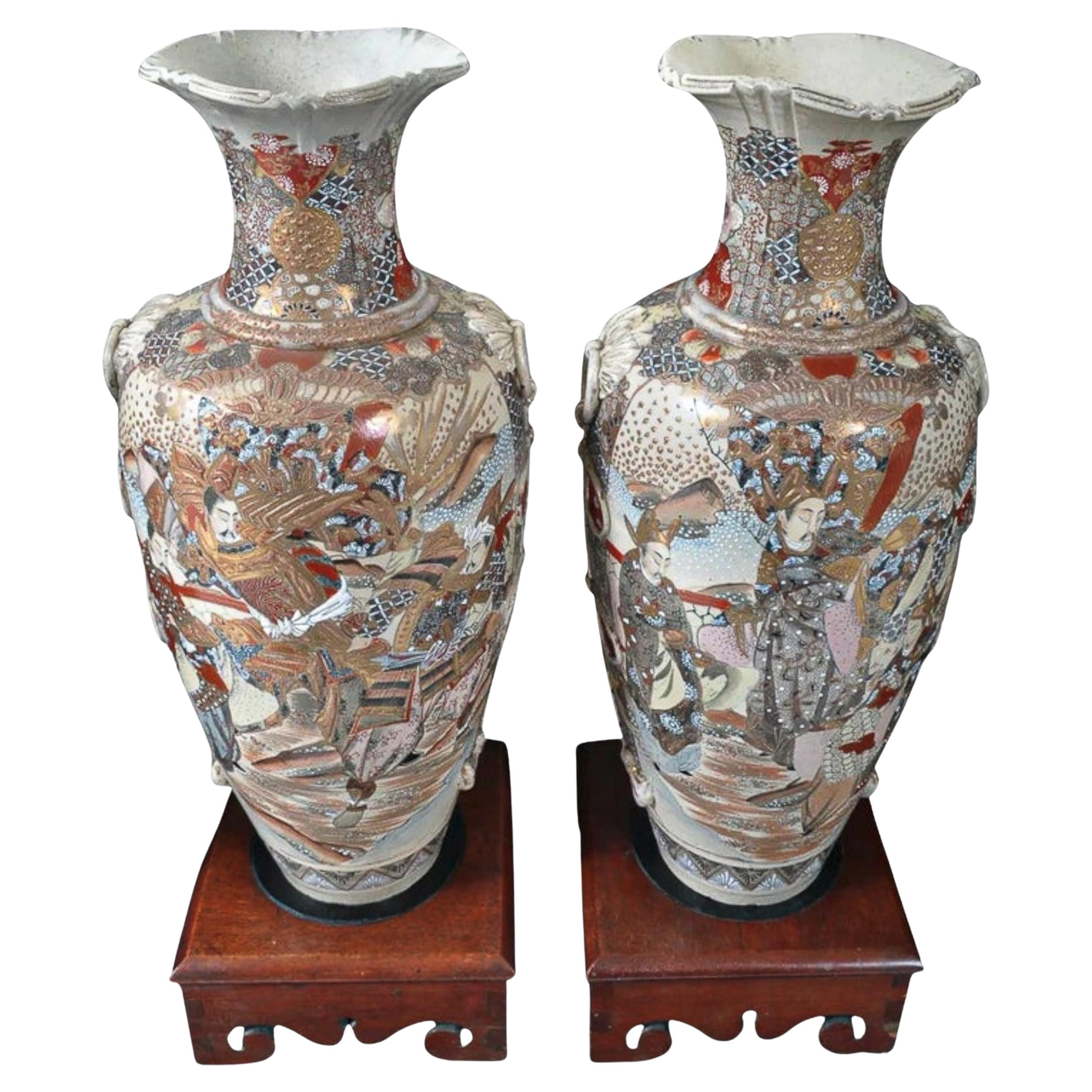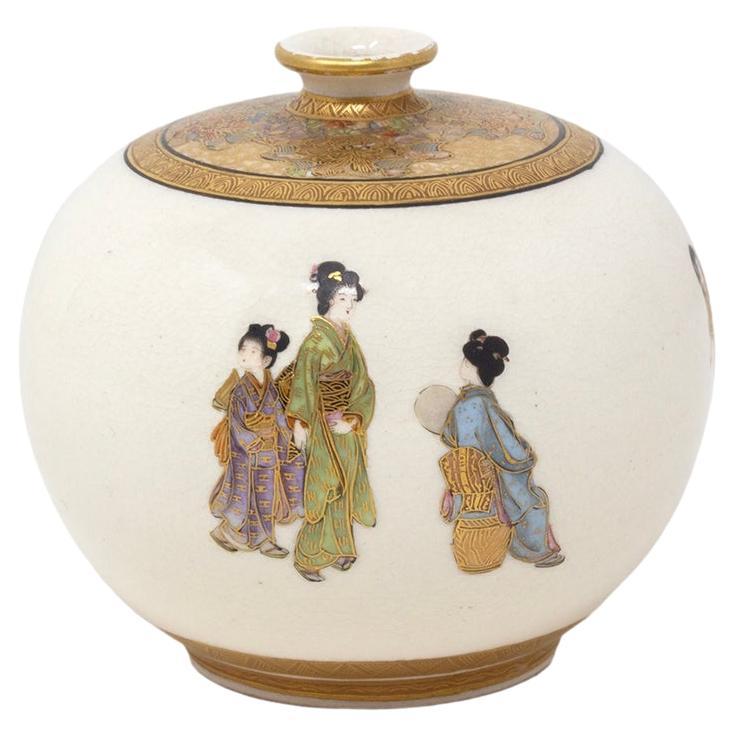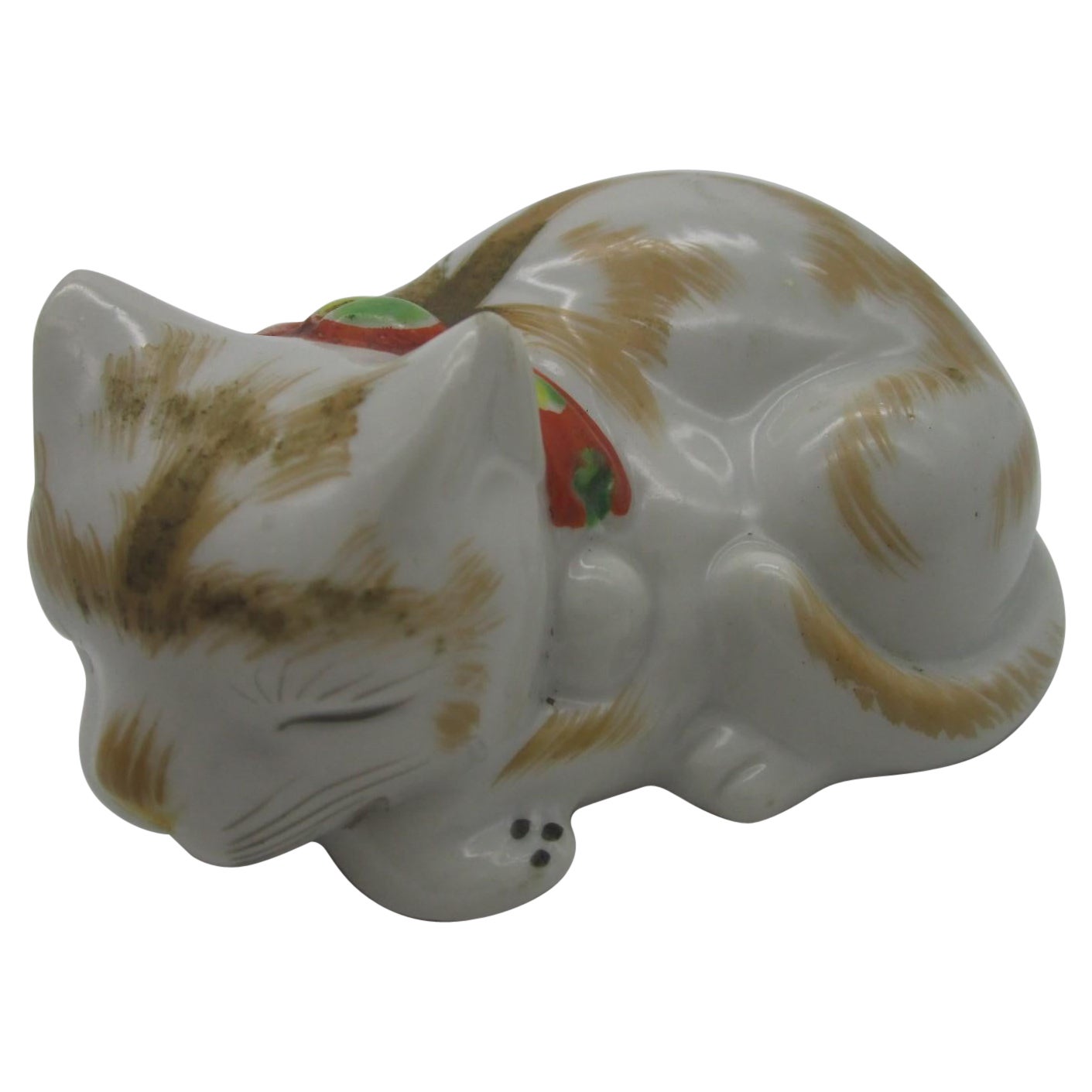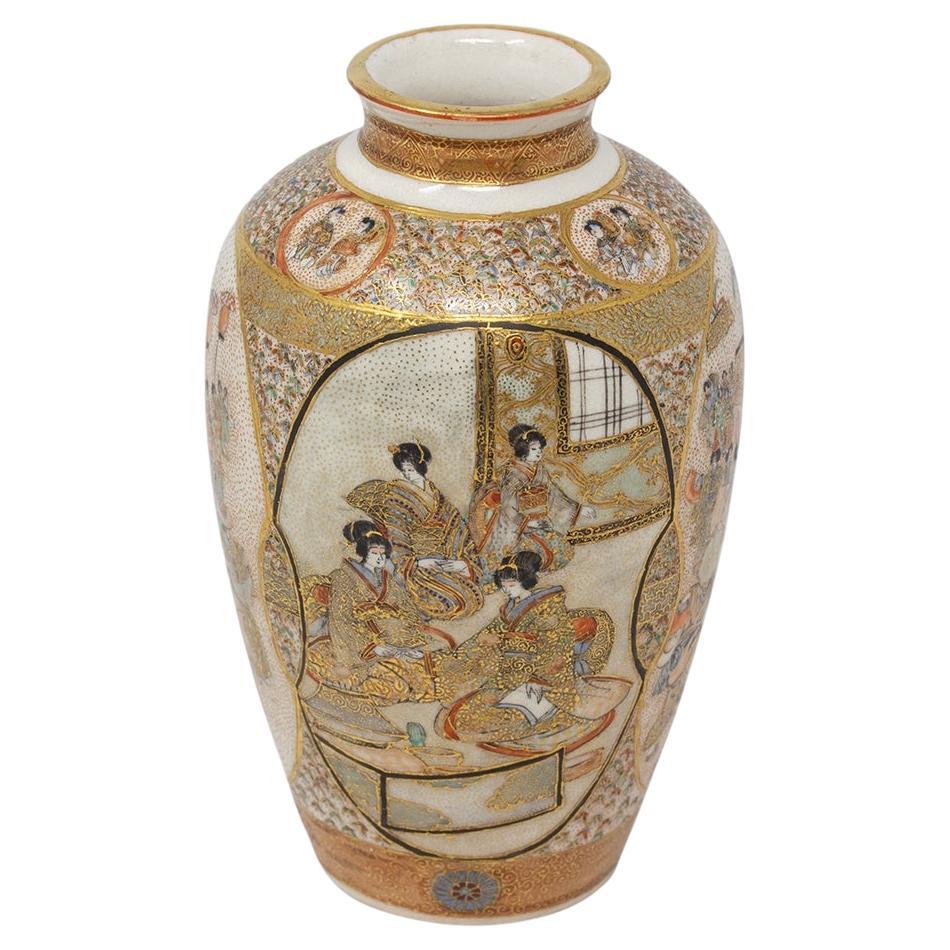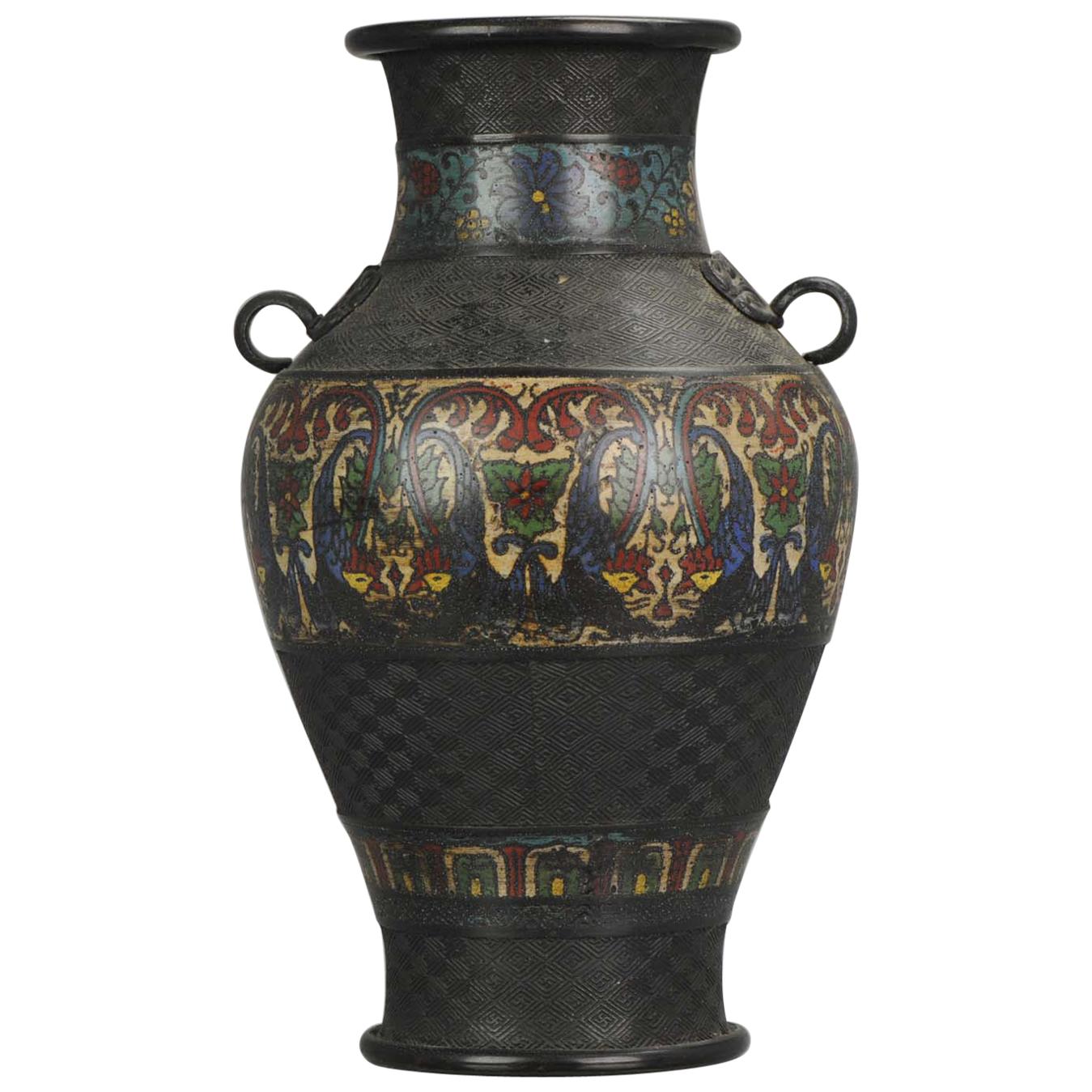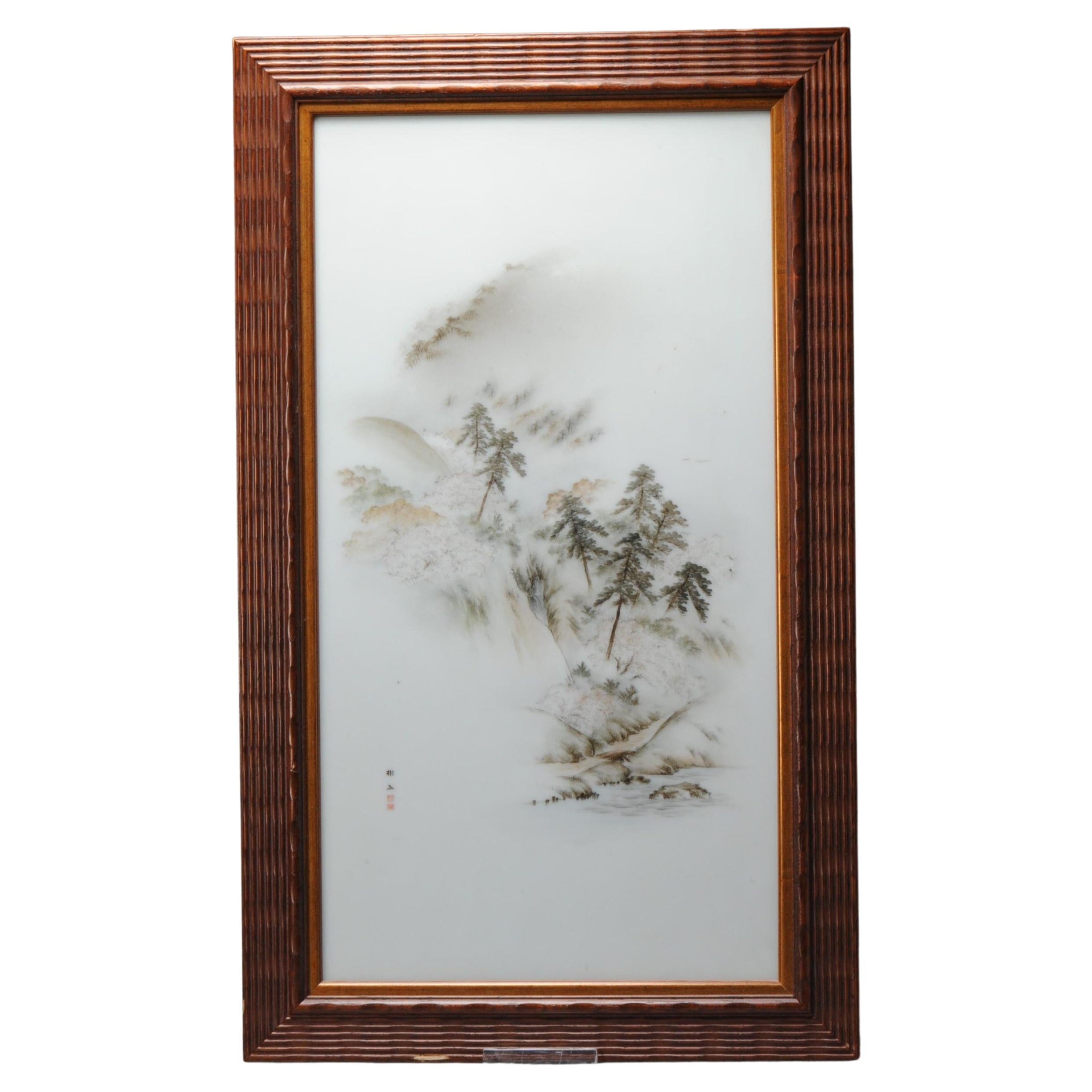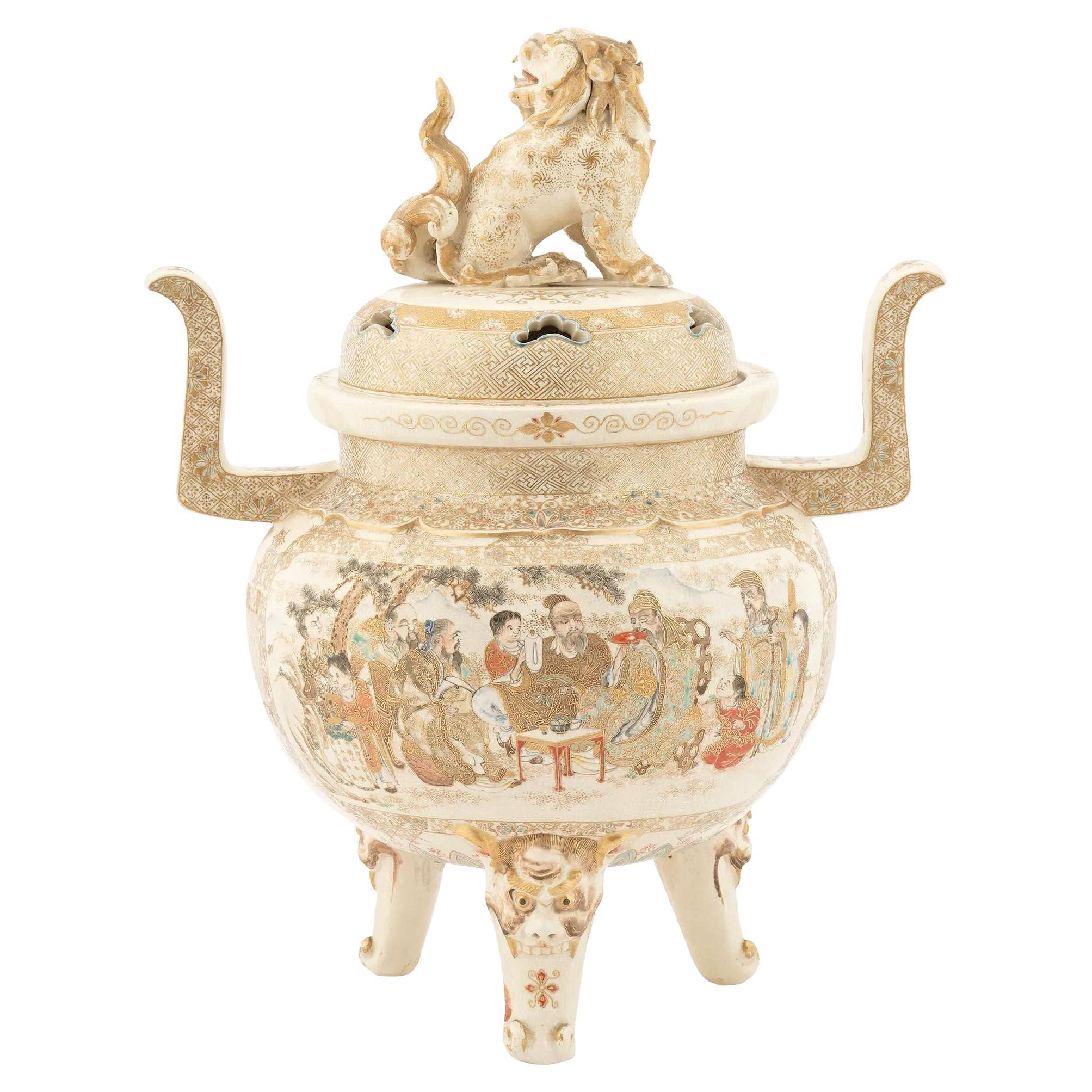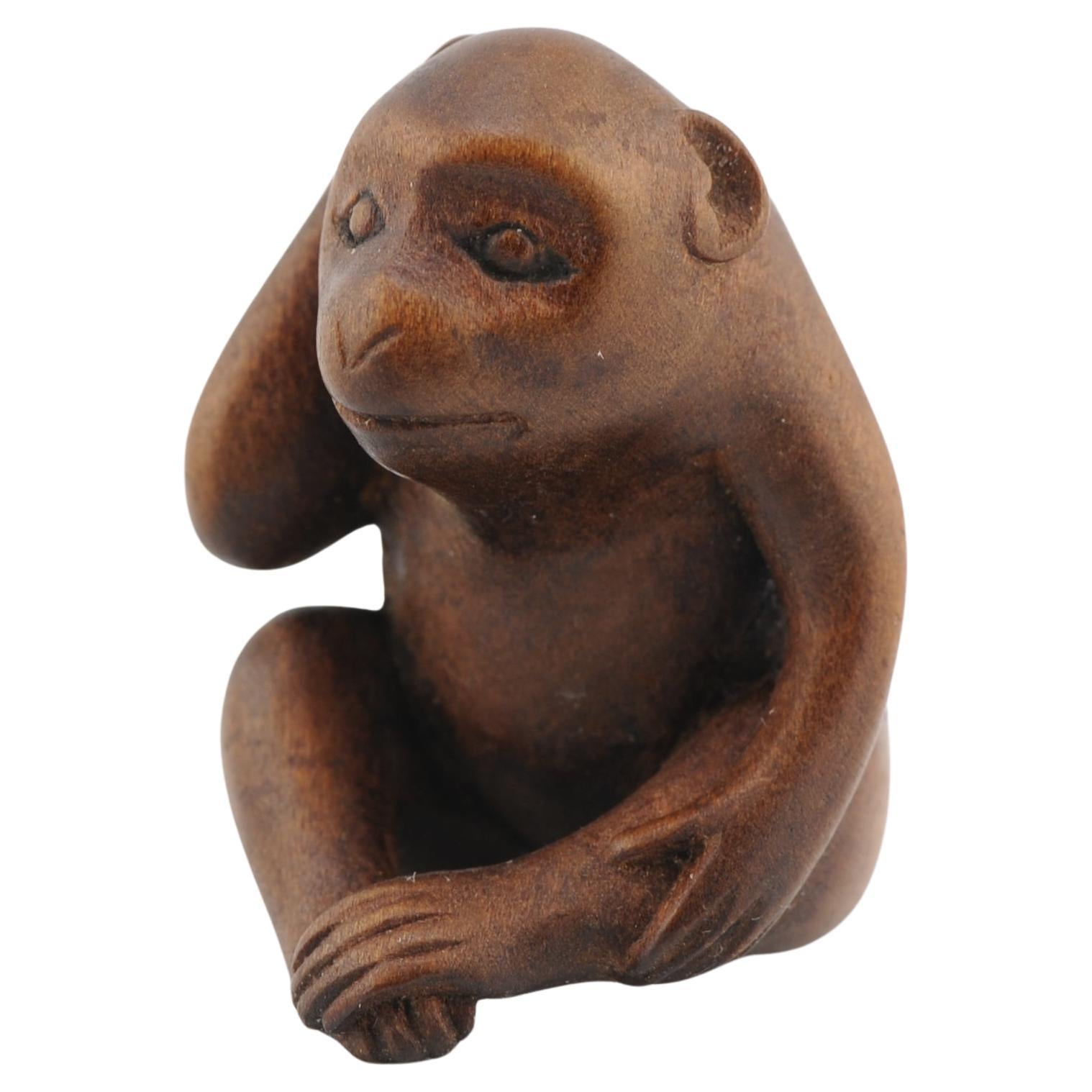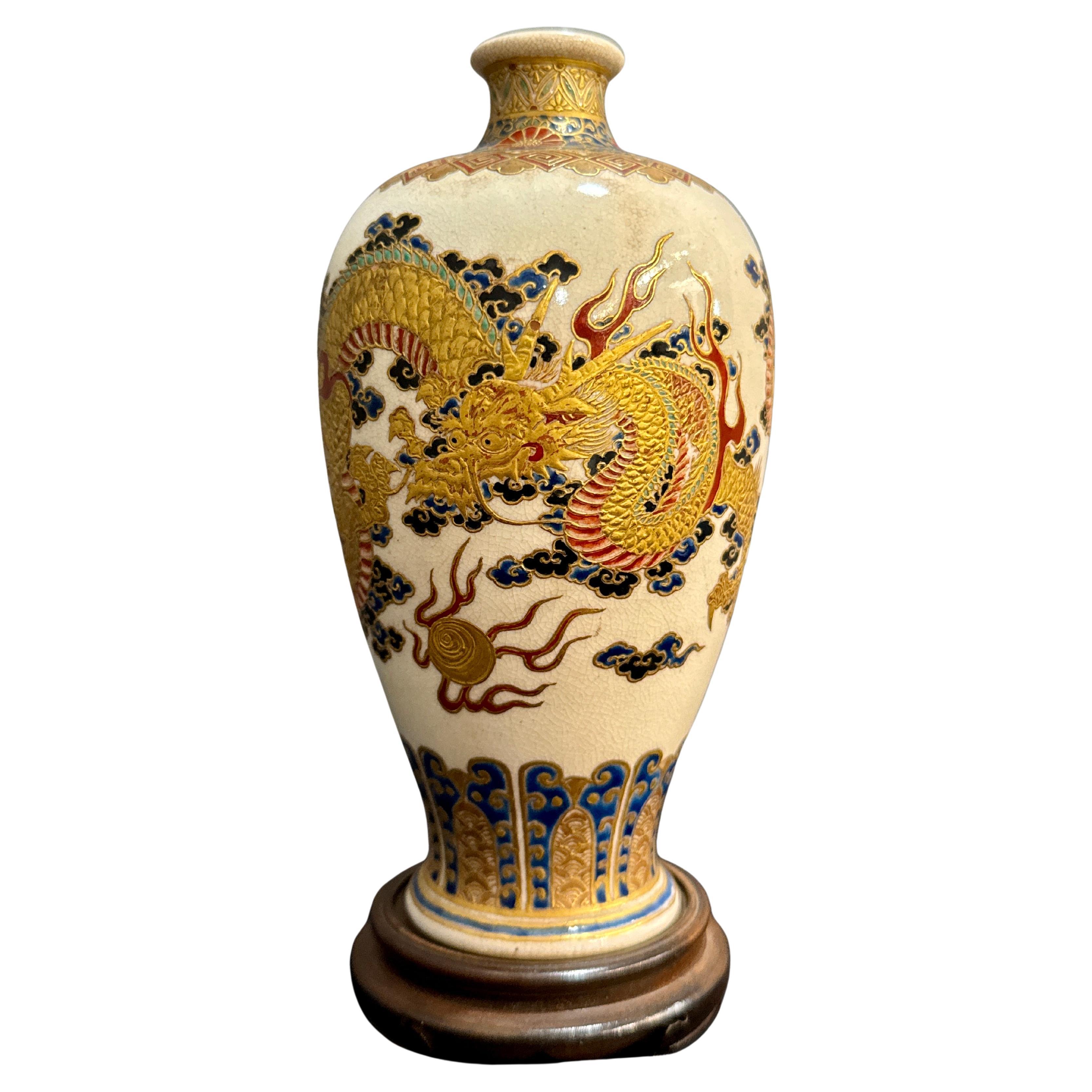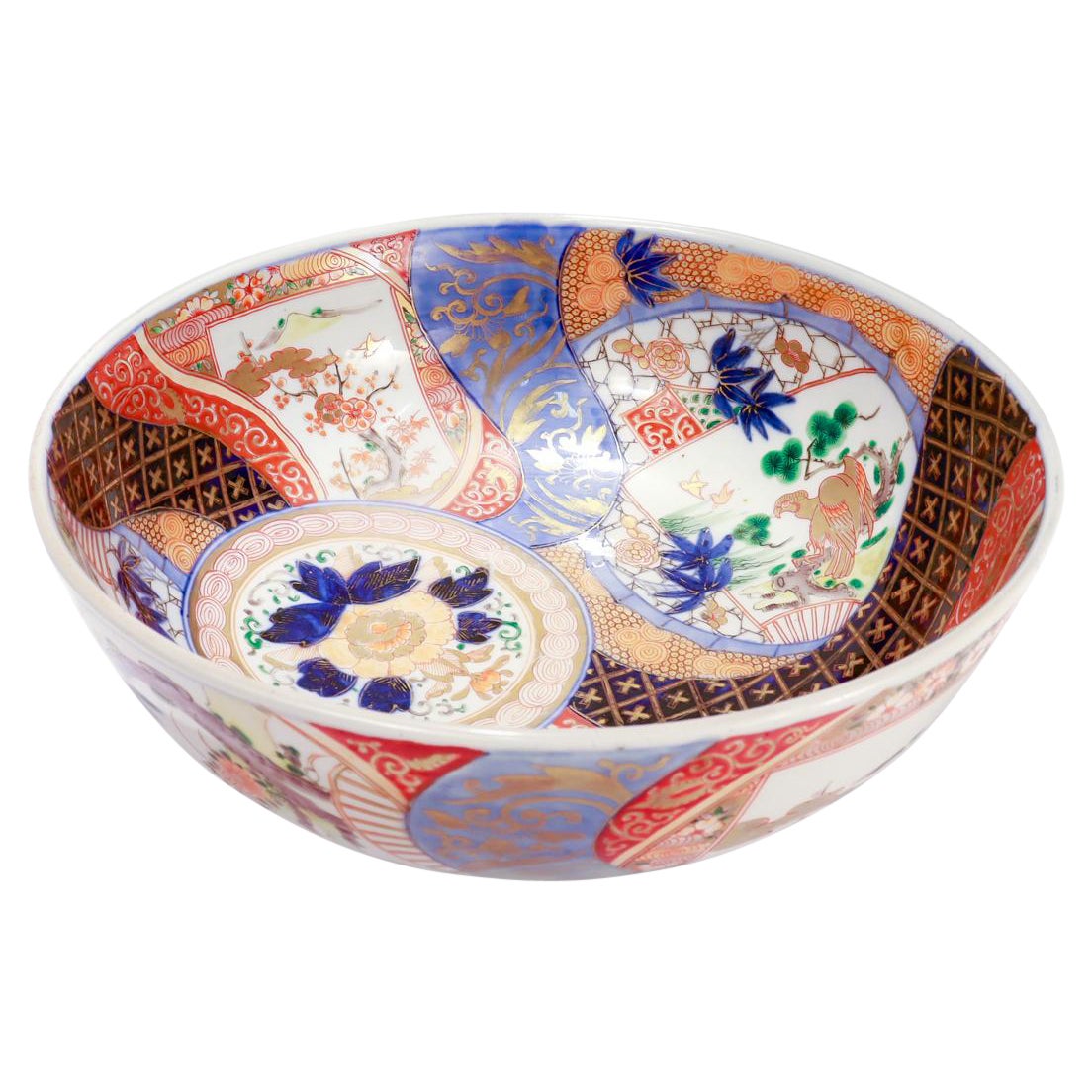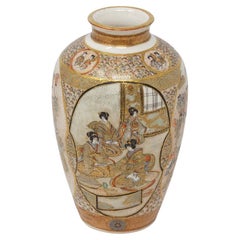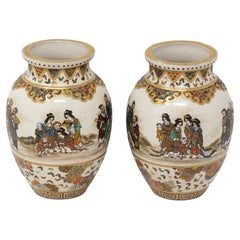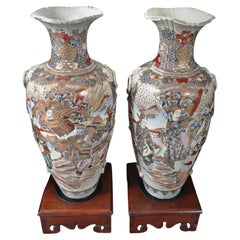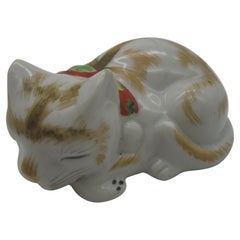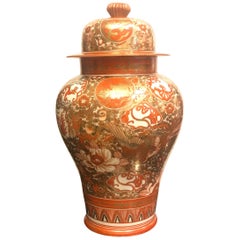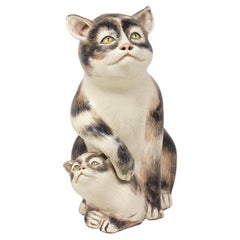
Antique Japanese Meiji Period Pottery Cat and Kitten Okimono
View Similar Items
Want more images or videos?
Request additional images or videos from the seller
1 of 13
Antique Japanese Meiji Period Pottery Cat and Kitten Okimono
Price:$2,450.35
$3,381.14List Price
About the Item
- Dimensions:Height: 9.06 in (23 cm)Width: 6.89 in (17.5 cm)Depth: 4.73 in (12 cm)
- Style:Meiji (Of the Period)
- Materials and Techniques:
- Place of Origin:
- Period:
- Date of Manufacture:Circa 1870
- Condition:Wear consistent with age and use.
- Seller Location:Newark, GB
- Reference Number:Seller: YRYDD1stDibs: LU6971245039012
About the Seller
5.0
Gold Seller
Premium sellers maintaining a 4.3+ rating and 24-hour response times
Established in 2019
1stDibs seller since 2022
37 sales on 1stDibs
Typical response time: 3 hours
Authenticity Guarantee
In the unlikely event there’s an issue with an item’s authenticity, contact us within 1 year for a full refund. DetailsMoney-Back Guarantee
If your item is not as described, is damaged in transit, or does not arrive, contact us within 7 days for a full refund. Details24-Hour Cancellation
You have a 24-hour grace period in which to reconsider your purchase, with no questions asked.Vetted Professional Sellers
Our world-class sellers must adhere to strict standards for service and quality, maintaining the integrity of our listings.Price-Match Guarantee
If you find that a seller listed the same item for a lower price elsewhere, we’ll match it.Trusted Global Delivery
Our best-in-class carrier network provides specialized shipping options worldwide, including custom delivery.More From This Seller
View AllJapanese Antique Meiji Period Satsuma Vase by Kinkozan
By Kinkozan
Located in Newark, England
GLOBULAR FORM MINIATURE VASE
From our Japanese collection, we are delighted to offer this Japanese Satsuma Vase by Kinkozan. The Satsuma Vase made from earthenware pottery is potted...
Category
Antique Early 1900s Japanese Meiji Ceramics
Materials
Ceramic, Earthenware, Pottery
Antique Japanese Meiji Period Satsuma Vase by Ryozan
Located in Newark, England
MEIJI PERIOD 1868-1912
From our Japanese collection, we are delighted to offer this Japanese Satsuma Vase by Ryozan. The vase of tapered form with tightly pinched neck and flared to...
Category
Antique Late 19th Century Japanese Meiji Ceramics
Materials
Ceramic, Earthenware, Pottery
Japanese Meiji Period Satsuma Vase by Ryokuzan
Located in Newark, England
From our Japanese Satsuma Collection, we are delighted to offer this Japanese Satsuma Vase by Ryokuzan 緑山. The Satsuma vase of ovoid shape with a tapered body, circular foot rim, wai...
Category
Antique Early 1900s Japanese Meiji Ceramics
Materials
Ceramic, Earthenware, Pottery
Japanese Antique Meiji Period Satsuma Vase Pair Hand Painted by Gyokuzan
Located in Newark, England
Painted with Continuous Scenes
From our Japanese collection, we are delighted to offer this Japanese Satsuma Vase Pair by Gyokuzan. The Satsuma vase pair of squat bulbous form with ...
Category
Antique Late 19th Century Japanese Meiji Ceramics
Materials
Ceramic, Pottery
Japanese Meiji Period (1868-1912) Satsuma Vase by Kinkozan
By Kinkozan
Located in Newark, England
JAPANESE SATSUMA PROCESSIONAL VASE
From our Japanese collection, we are delighted to introduce to the market this Japanese Satsuma Vase by Kinkozan. The vase with a compressed body ...
Category
Antique Late 19th Century Japanese Meiji Ceramics
Materials
Ceramic, Earthenware, Pottery
Japanese Meiji period (1868-1912) Satsuma Cup and Saucer Pair by Kinkozan
By Kinkozan
Located in Newark, England
PAIR OF CUP AND SAUCERS BY KINKOZAN
MEASUREMENTS
Saucer 10.8cm Diameter x 1.5cm High (4.25 x 0.6 Inches)
Cup 4.6cm High x 6.7cm Long x 5cm Wide (1.8 x 2.64 x 1.97 Inches)
From our ...
Category
Antique Late 19th Century Japanese Meiji Ceramics
Materials
Ceramic, Earthenware, Pottery
You May Also Like
Antique Japanese Meiji Period Satsuma Pottery Bowl Imperial Figures Kizan 1890
Located in Portland, OR
A very fine antique Japanese Meiji period Satsuma pottery bowl, circa 1890.
The bowl having a lobed rim and finely decorated & gilt to the outside with a 'thousand flowers' decoratio...
Category
Antique 1890s Japanese Meiji Ceramics
Materials
Pottery
Pair Monumental Antique Meiji Period Japanese Satsuma Pottery Vases Stands 1900
Located in Portland, OR
A fine pair of monumental antique Japanese Satsuma vases with stands, circa 1900.
The vases having an ivory background and are finely gilded & handpainted with enamels of Samurai wa...
Category
Antique Early 1900s Japanese Meiji Ceramics
Materials
Pottery
Japanese Meiji Period Gold White Porcelain Sleeping Cat Sculpture, circa 1910
Located in Takarazuka, JP
Exquisite Meiji period Japanese Kutani sculpture of a sleeping cat in fine porcelain, inspired by the small wooden sculpture at the entrance of...
Category
Early 20th Century Japanese Meiji Animal Sculptures
Materials
Gold
Antique Meiji Period Kutani Japanese Porcelain Temple Jar
Located in Lambertville, NJ
Antique Meiji period Japanese porcelain temple jar with intricate hand painted decoration and gilt. The jar in Classic Kutani colors with floral and phoenix birds all over the top an...
Category
Antique 1880s Japanese Meiji Ceramics
Materials
Porcelain
Antique Japanese Enamel Bronze Vase, Japan, Edo or Meiji Period
Located in Amsterdam, Noord Holland
Unmarked. Japan, 19th century. Provenance: collection Nieuwenhove.
Inventory number at the base.
Condition
Minimal ware to enamel and some processing flaws. Size 300mm high
...
Category
Antique 19th Century Chinese Meiji Ceramics
Materials
Bronze
$838 Sale Price
20% Off
Antique Meiji Period Japanese Kutani Plaque with Landscape and Mark Japan 19th C
Located in Amsterdam, Noord Holland
Description
Faboulous japanese porcelain plaque. Very high quality painting of a Mountain landscape.
Marked with signature.
Conditio...
Category
Antique 19th Century Japanese Meiji Ceramics
Materials
Porcelain
$2,505 Sale Price
20% Off
